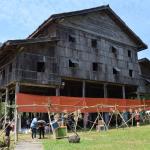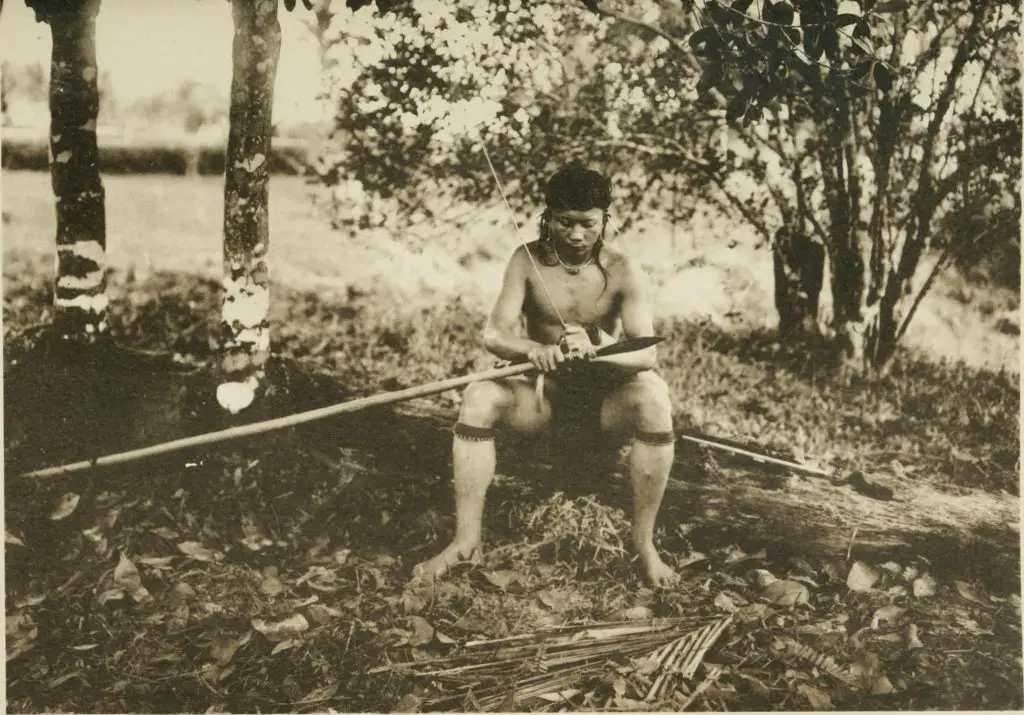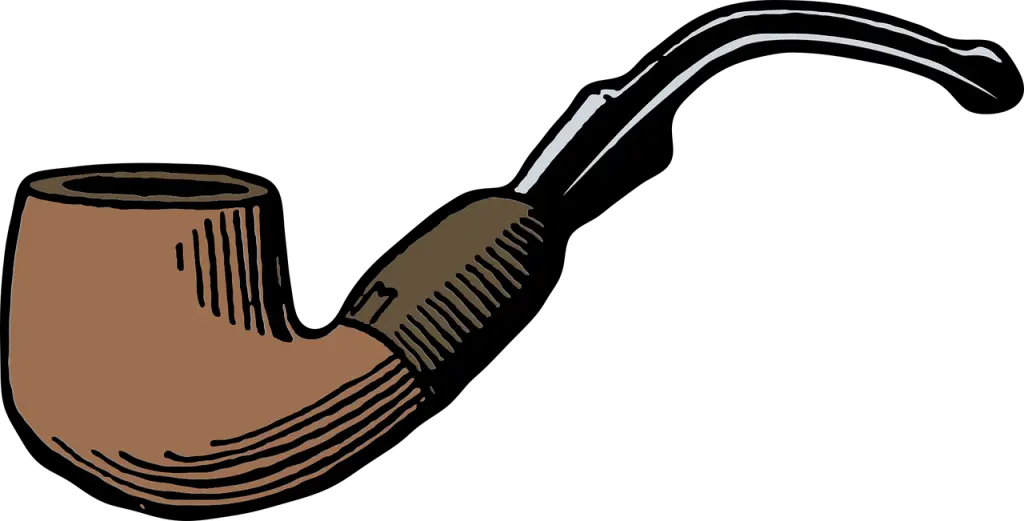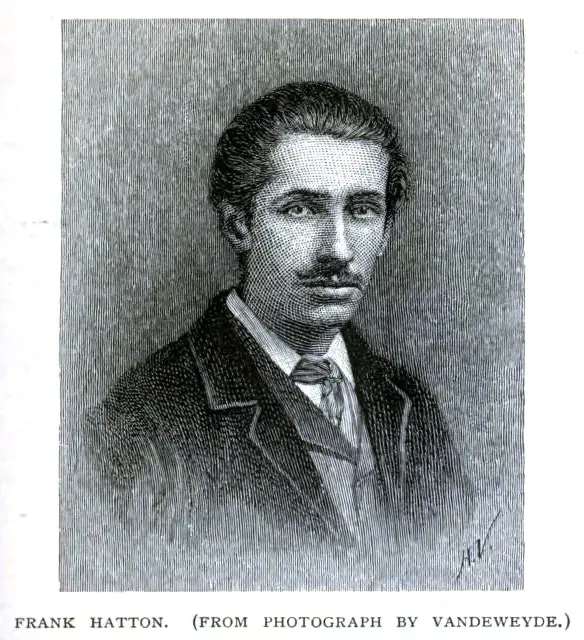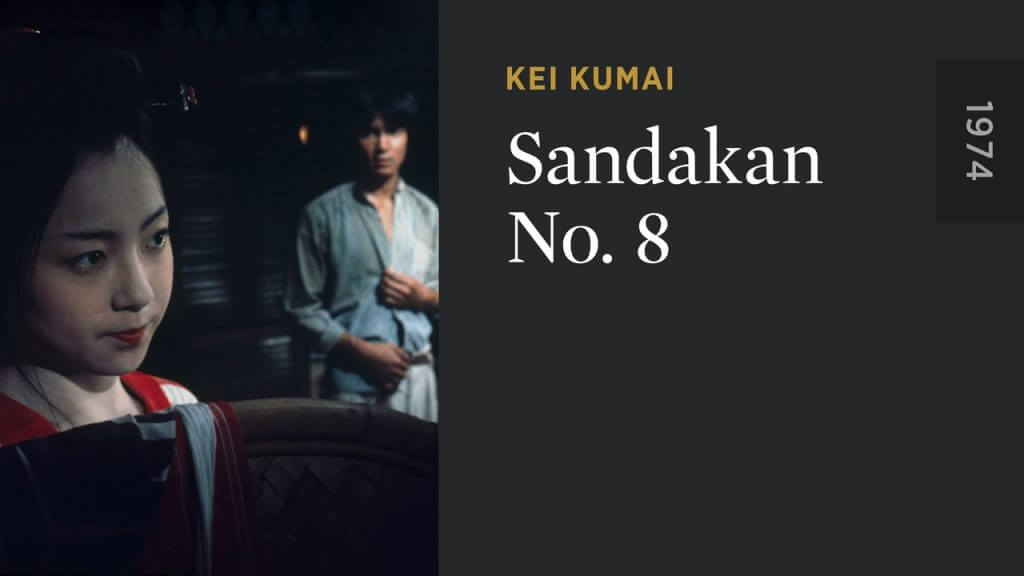According to Dusun mythology, Kinharingan is a creator deity who came from a rock in the middle of the sea with his sister/wife Munsumundok.
In one version of the legend, Kinharingan and Munsumundok walked across the water, perhaps like Jesus in the Bible, until they arrived to the house of the god Bisagit.
Bisagit gave the pair earth and there, Kinharingan created the Dusuns.
The Dusun legend of Kinharingan and the snake
Kinharingan once pounded rice and made flour from it. After he made the flour, he called all the animals in the world together and ordered them to eat it.
When their mouths were so full they could not speak, Kinharingan asked them, “Who can cast off his skin?”
The snake, who had only been putting his mouth into the flour and pretending to eat, was the only one able to answer because his mouth was not full.
The snake answered, “I can.”
“Very well,” said Kinharingan, “if that is so, you shall not die.”
That is how a legend started that the snake would not die unless a man killed it.
The Tarob and the Lunar Eclipse

Here is a Dusun legend of how the lunar eclipse came about.
The children of Kinharingan were pounding rice when a spirit called Tarob came and ate it all up.
It became so that very time they pounded rice, the Tarob would come and eat it again.
Finally, they had enough and went to complain to their father.
Then Kinharingan told them, “If he comes again order him to eat the moon.”
When the Tarob came over wanting to steal the pounded rice again, Kinharingan’s children told him the exact thing that their father told them to.
Sure enough, the Tarob went to eat the moon, swallowing it and making it disappear from the night sky.
And that was how the lunar eclipse came to happen, accordin to Dusun mythology.



